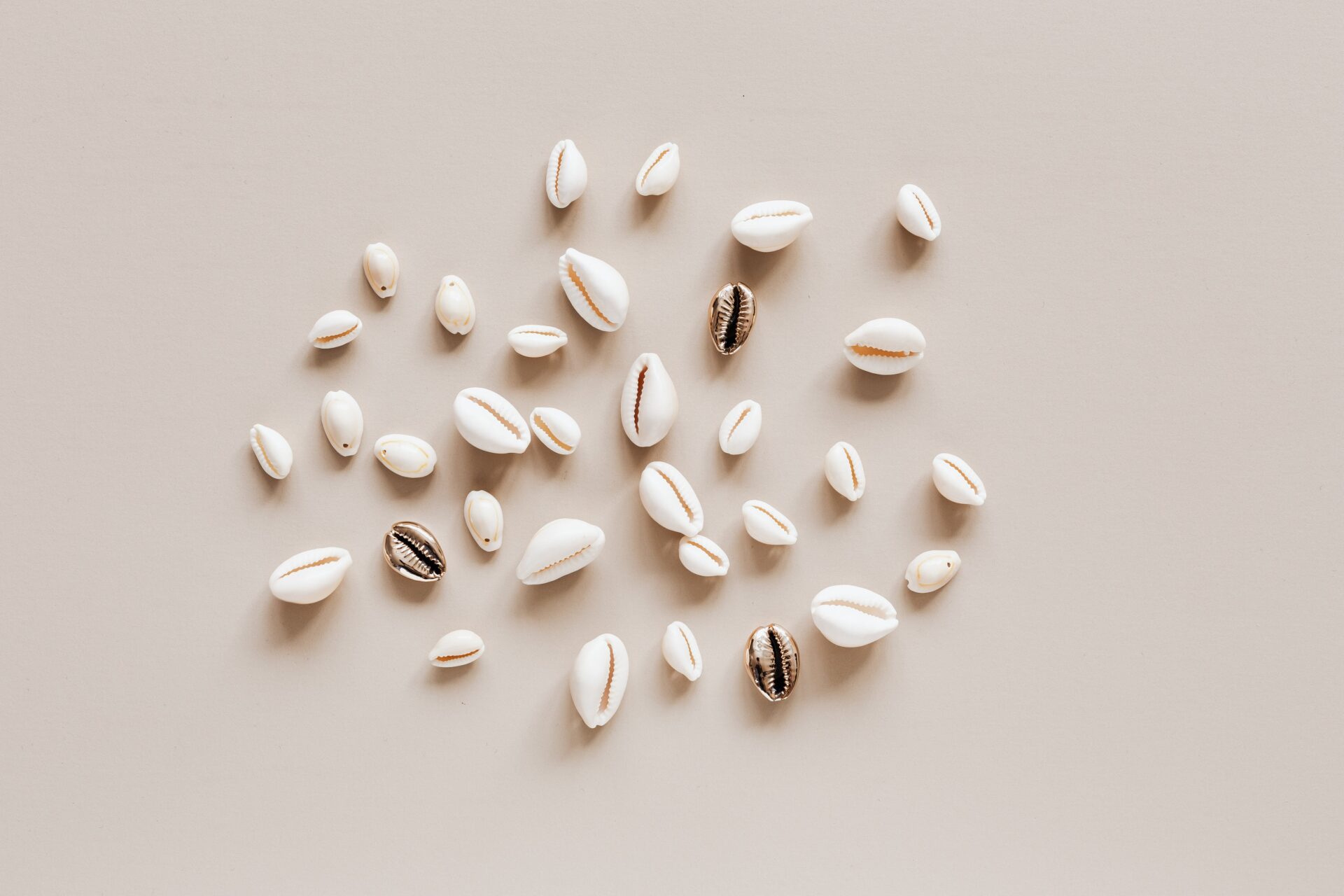A breaking ball in baseball is a type of pitch that changes direction as it approaches the plate. It is often used to deceive the batter and cause them to miss the ball or hit it weakly. Breaking balls include curveballs, sliders, and knuckleballs. With their sudden change in direction, breaking balls can be difficult for batters to hit and can be an effective way for pitchers to get outs.A Breaking Ball in Baseball is a type of pitch thrown with spin that causes the ball to break, or drop, as it approaches home plate. It is also known as a curveball, slider, or cutter.
Types of Breaking Balls
A breaking ball is a type of pitch in baseball and softball thrown to make the pitch’s trajectory curve as it approaches the batter. Breaking balls are also known as curveballs, sliders, and knuckle curves. Breaking balls are particularly difficult for batters to hit because the spin of the ball makes it difficult to predict where the ball will go. Breaking balls can be used to get hitters out, but they can also be dangerous if not thrown correctly.
The most common type of breaking ball is a curveball. A curveball is thrown with topspin, causing the ball to break downward as it travels towards home plate. Curveballs can be thrown with either a 12-6 (top-to-bottom) or an 11-5 (side-to-side) trajectory. Curveballs are usually thrown with a slower speed than other pitches and are more likely to be called a strike when they are in the strike zone.
A slider is another type of breaking ball that is similar to a curveball but has more horizontal movement than vertical movement. Sliders are usually thrown faster than curveballs and have less break on them, making them harder for batters to hit. Sliders can also be used to induce ground balls when thrown low in the strike zone.
Finally, a knuckle curve is a breaking ball that uses knuckle pressure as its primary source of spin instead of finger pressure like most other pitches. Knuckle curves generally have sharper break than other breaking balls and can be very effective when thrown correctly. However, they can also be dangerous if not thrown correctly because they have more potential for injury if not properly executed.
Breaking balls can be an effective weapon for pitchers if used correctly, but they must also be done safely in order to avoid injury. Knowing how and when to use different types of breaking balls will help pitchers succeed at any level of baseball or softball.
The Curveball
The game of baseball is a fascinating sport that requires skill and strategy. One of the most important pitches in baseball is the curveball, which is a pitch thrown with a spin that causes the ball to dip and break away from the batter. The curveball can be tricky to hit, as it can drop quickly or unexpectedly. It can also be difficult for pitchers to master, as it takes practice and finesse to control the speed and direction of the pitch.
The trickiest part of throwing a curveball is getting the ball to break in a predictable way. Pitchers must use their fingers, wrist, and elbow to apply pressure on the ball in order to get it to spin properly. This pressure causes friction with the air, which creates drag on the ball and makes it drop faster than other pitches. To ensure that the curveball breaks in a predictable way, pitchers must also have good control over their release point.
Once they have developed a good technique for throwing a curveball, pitchers can then work on refining their accuracy and velocity. Curveballs can be thrown with varying speeds depending on what kind of effect they are trying to achieve. A slower pitch will cause more break while a faster pitch will cause less break but may still be difficult for batters to hit due to its unpredictable movement. Pitchers must also learn how to adjust their arm angle when throwing different types of curveballs so that they are able to achieve consistent results.
Perhaps the most important aspect of throwing an effective curveball is learning how to use it strategically in different situations. Pitchers need to understand when they should throw it (for example, when they want baters guessing) and how much break they should aim for (for example, when trying to get strikeouts). By understanding how different types of curveballs work and knowing when and where best to use them, pitchers can become even more dangerous weapons on the mound.
Overall, mastering the art of throwing an effective curveball requires practice and patience. It takes time for pitchers learn how apply pressure correctly in order for the ball spin properly as well as refine their accuracy and velocity. But once mastered, pitchers are able to use this tricky pitch strategically in order gain an advantage over batters – making them one step closer towards achieving success on game day!
Overview
The rise of the Internet of Things (IoT) has revolutionized the way technology is used in everyday life. With IoT-enabled devices, users can now access a wide array of services and applications. It has also enabled businesses to use data more intelligently, leading to innovative solutions and improved efficiencies. This article will discuss some of the key benefits of IoT and how it can help businesses become more efficient and successful.
Cost Savings
One of the primary benefits of IoT is cost savings. By connecting devices on a network, businesses can reduce their energy consumption and operating costs. Additionally, by using sensors to monitor equipment, businesses can detect issues before they become major problems, helping them avoid costly repairs or downtime. Furthermore, IoT devices can automate certain processes, such as inventory tracking or customer service requests, which further reduce costs.
Data Collection & Analysis
Another advantage of IoT is that it enables businesses to collect data from connected devices and analyze it to gain insights into customer behavior and usage patterns. This data can be used to optimize workflow processes or develop new products and services that are better suited for customer needs. Additionally, by leveraging predictive analytics, businesses can anticipate customer needs in advance and develop strategies accordingly.
Improved Customer Experience
IoT also provides an improved customer experience by allowing customers to access services remotely through connected devices. For example, customers can remotely control their home security system or purchase items online with ease. Furthermore, businesses can use data collected from connected devices to provide personalized experiences for customers based on their preferences.
Security & Privacy
Finally, the use of IoT brings increased security concerns due to the large number of connected devices on a single network. To ensure that user data is secure and private, businesses must implement robust security measures such as encryption technologies and authentication protocols. Additionally, regular software updates should be implemented to prevent malicious actors from exploiting vulnerabilities in outdated software versions.
In conclusion, there are many benefits associated with the use of IoT technology for businesses. From cost savings to improved customer experience, IoT offers numerous advantages that make it an attractive option for companies looking to remain competitive in today’s market.
How to Throw a Curveball
Throwing a curveball is a great way to surprise batters and keep them guessing. It takes practice and skill to master the technique, but if you’re serious about improving your pitching, learning how to throw a curveball is essential. Here are some tips to help you practice and perfect this pitch.
Start by loosening up your arm and shoulder muscles. Do some light stretching exercises before attempting the curveball. This will help you build strength and flexibility in your arm so that you can throw with more power and accuracy.
Next, grip the baseball correctly for the curveball. Hold it in your fingertips with your index finger on one seam of the ball, and your middle finger on the other seam. Make sure you don’t cross any of the seams or place too much pressure on the ball as this will affect its trajectory.
When throwing, ensure that you use your wrist as much as possible when releasing the ball. This will give it a spin which causes it to break in flight towards home plate. If done correctly, it should look like it is dropping down from the sky towards home plate.
Practice makes perfect when throwing a curveball so be sure to practice often! Start off slowly with small throws and gradually increase your distance each time until you can consistently throw an accurate pitch from further away. Don’t forget to mix up speeds too; try throwing different speeds each time to really challenge yourself!

Definition of Financial Risk Management
Financial risk management is the process of identifying, analyzing, and responding to any type of financial risk in order to minimize or eliminate its impact on an organization. It involves a wide variety of activities such as setting up a system for monitoring and managing risk, assessing potential related-injuries-understanding-the-risks/” title=”Impact-Related Injuries: Understanding the Risks”>risks, developing strategies to reduce or eliminate them, and implementing these strategies. Financial risk management is an important part of any organization’s overall risk management strategy. It helps organizations protect their assets and maximize their returns on investments.
Types of Financial Risk Management
There are several types of financial risk management. These include market risk, credit risk, liquidity risk, operational risk, legal and regulatory risks, reputational risks and other risks. Market risk is the potential for losses due to changes in market prices such as currency exchange rates or interest rates. Credit risk is the possibility that a borrower will not be able to pay back a loan or other line of credit. Liquidity risk is the chance that an organization will not have enough cash available when it needs it. Operational risks refer to losses arising from inadequate processes or systems or from human error. Legal and regulatory risks are those related to compliance with laws and regulations. Reputational risks involve damage to an organization’s reputation due to negative publicity or public opinion. Other types of financial risks include strategic risks such as mergers and acquisitions; political risks related to political instability; environmental risks due to natural disasters; cyber security threats; and fraud-related losses.
Benefits of Financial Risk Management
Financial risk management can help organizations reduce their exposure to potential losses by helping them identify potential risks before they occur. By taking proactive steps such as setting up a system for monitoring and managing financial exposures, organizations can minimize their exposures by implementing strategies such as diversification, hedging, hedging instruments like derivatives contracts, insurance policies etc., reducing leverage etc. By doing so organizations can protect their assets from unexpected losses while maximizing returns on investments over the long term.
Various Types of Curveballs
The curveball is one of the most popular pitches in baseball. It is used by pitchers to deceive hitters and can be thrown in many different ways. There are several variations of the curveball, each with its own unique characteristics. The most common types are the hard curveball, the knuckle-curve, and the slow-breaking or “floater” curve.
The Hard Curveball is thrown at a high velocity and breaks sharply down and away from a right-handed hitter. It is often referred to as a 12-6 curveball because it follows a trajectory that looks like the hands of a clock at 12 o’clock and 6 o’clock when viewed from the side. This type of pitch is difficult for hitters to hit because it moves quickly and drops suddenly just before it reaches them.
The Knuckle Curve is thrown with an exaggerated snap of the wrist while gripping the ball with only two fingers on top. It has less velocity than a regular curveball, but its sharp break makes it harder for hitters to track. This pitch is often used as an out pitch when trying to get hitters out late in games.
Finally, there is the Slow Breaking or “Floater” Curveball which has very little velocity and breaks slowly over the plate. This pitch is generally used as an off-speed pitch to keep batters off balance or as an unanticipated surprise pitch in key situations. It requires good control and can be difficult to master, but when executed properly it can be very effective against hitters who are expecting something else entirely.
Overall, there are many different types of curveballs that pitchers can throw in order to keep hitters guessing at the plate. Each variation has its own unique characteristics that can be used to deceive opposing batters and create more opportunities for success on the mound.
The Slider
The slider is a type of sandwich that originated in the United States during the 19th century. It typically consists of a small bun, usually with two or three layers, filled with various ingredients such as hamburger patties, cheeses, vegetables, and condiments. Sliders are usually served hot and can be eaten as a snack or as part of a meal.
Sliders have become popular in recent years due to their convenience and portability. They are often served at bars and restaurants as an appetizer or as part of a larger meal. They can also be found at fast food chains such as White Castle and McDonald’s.
The origins of the slider are unclear but it is believed to have originated in the Midwest during the 19th century. The term “slider” may have been derived from the sound that the sandwich makes when it is eaten, or from its ability to slide down one’s throat quickly due to its small size. The exact ingredients used in sliders vary depending on where they are made, but they typically consist of some combination of beef patty, cheese, vegetables, and condiments such as ketchup and mustard.
Sliders are popular for their convenience and portability; they can be easily eaten on the go without needing utensils or plates. They are also economical; one slider typically costs less than two regular-sized sandwiches would cost individually. Additionally, sliders can be customized to suit individual tastes by adding different types of meats, cheeses, vegetables, and condiments.
Sliders can be served alone or with sides such as french fries or potato chips. They can also be topped with sauces such as barbeque sauce or ranch dressing for added flavor. Sliders can also be used to create larger meals; for instance, two sliders could be paired with a side salad or bowl of soup for a complete meal.
Overall, sliders are an easy-to-eat type of sandwich that is convenient and economical for those looking for an enjoyable snack while on the go. With their versatility and customizable options, they provide an enjoyable way to satisfy hunger without breaking the bank!

Conclusion
A breaking ball in baseball is a type of pitch that is designed to deceive the batter. It is thrown with a specific spin on the ball that causes it to break or curve in an unexpected way as it reaches the plate. Breaking balls can be used by pitchers to get batters out and keep them off balance. They are also used to set up other pitches, like fastballs and changeups, that can be used to finish off an at-bat. Breaking balls can be effective weapons for pitchers, but only if they are thrown correctly and with control. With practice and proper technique, pitchers can learn how to throw breaking balls effectively and use them to their advantage.
Baseball is a game of strategy. Utilizing different types of pitches, such as breaking balls, can be key in getting outs and controlling the game. Breaking balls require more skill than regular pitches and should not be taken lightly by any pitcher wishing to succeed on the mound. By understanding what a breaking ball is, knowing how to throw it correctly, and practicing regularly, pitchers can use this pitch to their advantage and become successful in baseball.




